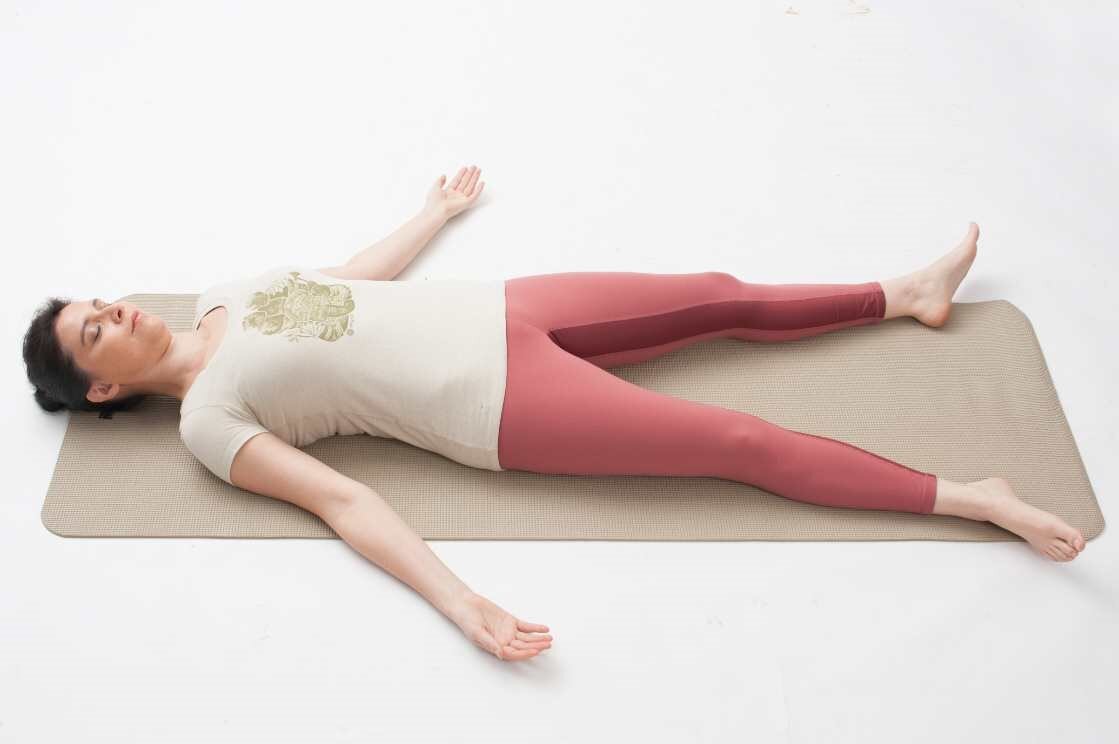Are you always fatigued and lethargic, despite the fact that you have no underlying medicalcondition? A 10-minute yoga programme might help you feel more energized and regain body-mind harmony on a regular basis.
While many people believe that yoga isn’t as effective as cardio or heavy-duty high- intensity interval training, studies has shown that yoga can help with anything from weight loss to period pain relief, heart health, and digestion. Plus, yoga positions don’t necessitate any specific equipment or studio space.
Today we will talk about ten everyday yoga asanas and how they and how they might benefit you if you practice them regularly.
1. Standing Side Bend: As you inhale, stand tall with your feet and legs together and stretch both arms straight up overhead. Exhale as you lower your right arm down the right side of your body and lengthen your left arm over your head, gently bending your body to the right. Repeat on the left side, inhaling to return arms overhead to center and exhaling to return to the right side.
Standing side bend strengthens the side ab wall while targeting the external and internal oblique. This exercise tightens the core, sculpts the waist, and improves posture and stability.
2. Downward Dog: Downward Dog is an excellent pose to rest the spine. Begin by kneeling on your mat with your hands right under your shoulders and your fingers extended wide. Now push your torso up off the mat, leaving only your hands and feet on the mat. Tuck your toes under and engage your abdominals as you do so. Moving your chest gently toward your thighs and your heels gently toward the floor, press through your hands.
The upper body, arms, shoulders, abdomen, and legs are all strengthened. Back of the body, ankles, calves, hamstrings, and spine are all stretched. It relaxes the mind and blood circulation is also stimulated.
3. Cat & Cow Pose: Begin by forming a “tabletop” position with your hands and knees. Make sure your knees are directly underneath your hips. Your wrists, elbows, and shoulders should all be parallel to the ground. Maintain a neutral position for your head. Lift your chest toward the ceiling as you inhale, allowing your belly to drop toward the floor. Raise your brows and look straight ahead.
Exhale and return to your original position. This asana warms the body while also allowing the spine to be more flexible. “This asana strengthens the abdominal organs while stretching the back torso and neck,” says the author.
4. Boat Pose: Lay on your back with your legs crossed. On the floor, keep your hands on your thighs or near to them. Take a deep breath and elevate your head, arms, and head off the floor at a 30-degree angle.
This asana improves the function of abdominal muscles, improves digestion, and lowers belly fat. It also strengthens abdominal organs and leg muscles.
5. Cobra Pose : Lie down on your stomach on the floor. Place your hands on your shoulder and close your eyes. Raise your head and gaze up towards the sky. The stretch in your midsection is palpable.
This position increases back flexibility while toning the abdomen, neck, and shoulders. It promotes blood circulation and relieves weariness and stress.
6. Legs Up The Wall: Lie completely flat on your back. Bring both legs together and raise them up. To elevate your lower back, take your legs slightly behind you. Place your palms on your lower back and your elbows on the ground to support your back. Maintain a 45-60 degree angle between your back and the floor with your legs perpendicular to the floor. Take a normal breath. Begin with one minute of practice and gradually build to ten minutes.
Practicing this activity on a regular basis helps strengthen your digestive system. Your appetite will grow stronger. it can prevent premature greying of hair and heal disorders such as swelling of the feet, and blood-related ailments such as boils, pimples, and itching.
7. Pigeon Pose: One of the most effective hip stretches available. Do pigeon posture as a hip opener, using padding beneath your hips if necessary. Bring your right knee forward to the floor on the outside of your right hand, starting in downward-facing dog.
Allow your left knee to fall to the floor. Your hips should be squared to the front of your mat. Bring your torso down into a forward bend over your right leg if you feel steady.
This position emphasizes on opening your hips, which promotes hip mobility and flexibility. Pigeon Pose also extends your hip flexors and lower back, which can become stiff from sitting for lengthy periods of time. Stretching these muscles on a daily basis can help to relieve minor lower back and hip pain.
8. Happy Baby Pose: A relaxing stance! Your groin, inner thighs, and low back will also be opened. Start by lying down and grasping your big toes with your index and middle fingers. Pull knees toward shoulders by gently drawing toes down. Knees should be gently pushed open with elbows. Relax and take a deep breath. Hold the position for 30 seconds.
This pose reduces lower back pain by opening the inner thighs, hips, and groin; realigns and extends the spine; relieves tension and anxiety; and improves exhaustion and lethargy.
9. Cow Face Pose: When most people think about hip openers in yoga, they imagine poses with their legs spread wide apart. However, hip stretches like Cow Face, in which the legs are brought together, stimulate the musculature surrounding the pelvis in a different way.
This position may aid in the correction of your posture and the beginning of flexibility equalization. It’s a terrific posture for folks who sit for long periods of time at work since it opens your hips and chest, which helps to offset the slump that many people develop while sitting. It’s a grounding and relaxing stance.
10. Corpse Pose: Rest in corpse pose for a few minutes to allow your body to absorb the benefits of your practice before continuing on with your day. Adding objects to this stance might make it more comfortable and soothing.
There’s one thing we all have in common, no matter where we are on our fitness journey: the urge to stretch. Why? There are a variety of causes, as it turns out.
Practicing these basic poses for 10 to 15 minutes a day will improve your yoga practise.You’ll notice that completing these stretches on a regular basis has a favourable impact on your longer practice sessions over time.
Dragonfly is always there to help you in your yoga journey. Feel free to contact us for any support or guidance.
Nida Zakaria




